Aston Martin was founded in 1913 by Lionel Martin and Robert Bamford. The two had joined forces as Bamford & Martin the previous year to sell cars made by Singer from premises in Callow Street, London where they also serviced GWK and Calthorpe vehicles. Martin raced specials at Aston Hill near Aston Clinton, and the pair decided to make their own vehicles. The first car to be named Aston Martin was created by Martin by fitting a four-cylinder Coventry-Simplex engine to the chassis of a 1908 Isotta-Fraschini. They acquired premises at Henniker Place in Kensington and produced their first car in March 1915 although production could not start because of the outbreak of World War I. Martin joined the Admiralty and Bamford the Royal Army Service Corps. All machinery was sold to the Sopwith Aviation Company. After the war, the company was re-founded at Abingdon Road, Kensington and a new car designed to carry the Aston-Martin name. Bamford left in 1920 and the company was revitalised with funding from Count Louis Zborowski. In 1922, Bamford & Martin produced cars to compete in the French Grand Prix and the cars set world speed and endurance records at Brooklands. Three works Team Cars with 16-valve twin cam engines were built for racing and record breaking: chassis number 1914, later developed as the Green Pea; chassis number 1915, the Razor Blade record car; and chassis number 1916, later developed as the Halford Special. Approximately 55 cars were built for sale in two configurations, long chassis and short chassis. The company went bankrupt in 1924 and was bought by Lady Charnwood, who put her son John Benson on the board. The company failed again in 1925 and the factory closed in 1926, with Lionel Martin also leaving. Later that year, Bill Renwick, Augustus (Bert) Bertelli and a number of rich investors, including Lady Charnwood, took control of the company and renamed it Aston Martin Motors, moving it to the former Whitehead Aircraft Limited works in Feltham. Renwick and Bertelli had been in partnership some years and had developed an overhead-cam four-cylinder engine, using Renwick's patented combustion chamber design, and had tested it in an Enfield Allday chassis. It was the only ""Renwick and Bertelli"" motor car made. It was known as 'Buzzbox' and incredibly survives to this day. They had planned to sell this engine to motor manufacturers but having heard that the Aston Martin car was no longer in production they realised that they could capitalise on the reputation of the Aston Martin name to give themselves a head start in the production of a completely new car. Between the years 1926 and 1937 Bertelli was the technical director of Aston Martin and the designer of all subsequent Aston Martin cars during this period; these being known as the 'Bertelli cars'. They included the 1½-litre 'T-type', the 'International', the 'Le Mans', the 'Mk. II, its racing derivative, the 'Ulster', and the 2-litre 15/98 and its racing derivative the 'Speed Model'. Mostly open two-seater sports cars and mostly bodied by Bert Bertelli's brother Enrico, a small number of long-chassis four-seater tourers, dropheads and saloons were also produced. The example presented here today represents an outstanding example of a late model Mk. II, four seater and is one of only forty five produced between 1934 and 1935. The Mk. II was the final generation of the 1½ litre series which had already built a reputation for itself as one of the best handling and braking sports cars of the period. Indeed this model saw further improvements to the chassis, suspension and engine (now uprated to 73bhp), which made it one of the fastest point to point cars of the time. EYT 978 is well known in the AMOC having won both the Edwards and Sutherland concours trophies in 1989 after a four year rebuild. She was little used after this, covering just over 4,000 miles in the next twenty years and, after 45 years of continuous ownership, was sold in 2009 to its pres
Aston Martin was founded in 1913 by Lionel Martin and Robert Bamford. The two had joined forces as Bamford & Martin the previous year to sell cars made by Singer from premises in Callow Street, London where they also serviced GWK and Calthorpe vehicles. Martin raced specials at Aston Hill near Aston Clinton, and the pair decided to make their own vehicles. The first car to be named Aston Martin was created by Martin by fitting a four-cylinder Coventry-Simplex engine to the chassis of a 1908 Isotta-Fraschini. They acquired premises at Henniker Place in Kensington and produced their first car in March 1915 although production could not start because of the outbreak of World War I. Martin joined the Admiralty and Bamford the Royal Army Service Corps. All machinery was sold to the Sopwith Aviation Company. After the war, the company was re-founded at Abingdon Road, Kensington and a new car designed to carry the Aston-Martin name. Bamford left in 1920 and the company was revitalised with funding from Count Louis Zborowski. In 1922, Bamford & Martin produced cars to compete in the French Grand Prix and the cars set world speed and endurance records at Brooklands. Three works Team Cars with 16-valve twin cam engines were built for racing and record breaking: chassis number 1914, later developed as the Green Pea; chassis number 1915, the Razor Blade record car; and chassis number 1916, later developed as the Halford Special. Approximately 55 cars were built for sale in two configurations, long chassis and short chassis. The company went bankrupt in 1924 and was bought by Lady Charnwood, who put her son John Benson on the board. The company failed again in 1925 and the factory closed in 1926, with Lionel Martin also leaving. Later that year, Bill Renwick, Augustus (Bert) Bertelli and a number of rich investors, including Lady Charnwood, took control of the company and renamed it Aston Martin Motors, moving it to the former Whitehead Aircraft Limited works in Feltham. Renwick and Bertelli had been in partnership some years and had developed an overhead-cam four-cylinder engine, using Renwick's patented combustion chamber design, and had tested it in an Enfield Allday chassis. It was the only ""Renwick and Bertelli"" motor car made. It was known as 'Buzzbox' and incredibly survives to this day. They had planned to sell this engine to motor manufacturers but having heard that the Aston Martin car was no longer in production they realised that they could capitalise on the reputation of the Aston Martin name to give themselves a head start in the production of a completely new car. Between the years 1926 and 1937 Bertelli was the technical director of Aston Martin and the designer of all subsequent Aston Martin cars during this period; these being known as the 'Bertelli cars'. They included the 1½-litre 'T-type', the 'International', the 'Le Mans', the 'Mk. II, its racing derivative, the 'Ulster', and the 2-litre 15/98 and its racing derivative the 'Speed Model'. Mostly open two-seater sports cars and mostly bodied by Bert Bertelli's brother Enrico, a small number of long-chassis four-seater tourers, dropheads and saloons were also produced. The example presented here today represents an outstanding example of a late model Mk. II, four seater and is one of only forty five produced between 1934 and 1935. The Mk. II was the final generation of the 1½ litre series which had already built a reputation for itself as one of the best handling and braking sports cars of the period. Indeed this model saw further improvements to the chassis, suspension and engine (now uprated to 73bhp), which made it one of the fastest point to point cars of the time. EYT 978 is well known in the AMOC having won both the Edwards and Sutherland concours trophies in 1989 after a four year rebuild. She was little used after this, covering just over 4,000 miles in the next twenty years and, after 45 years of continuous ownership, was sold in 2009 to its pres
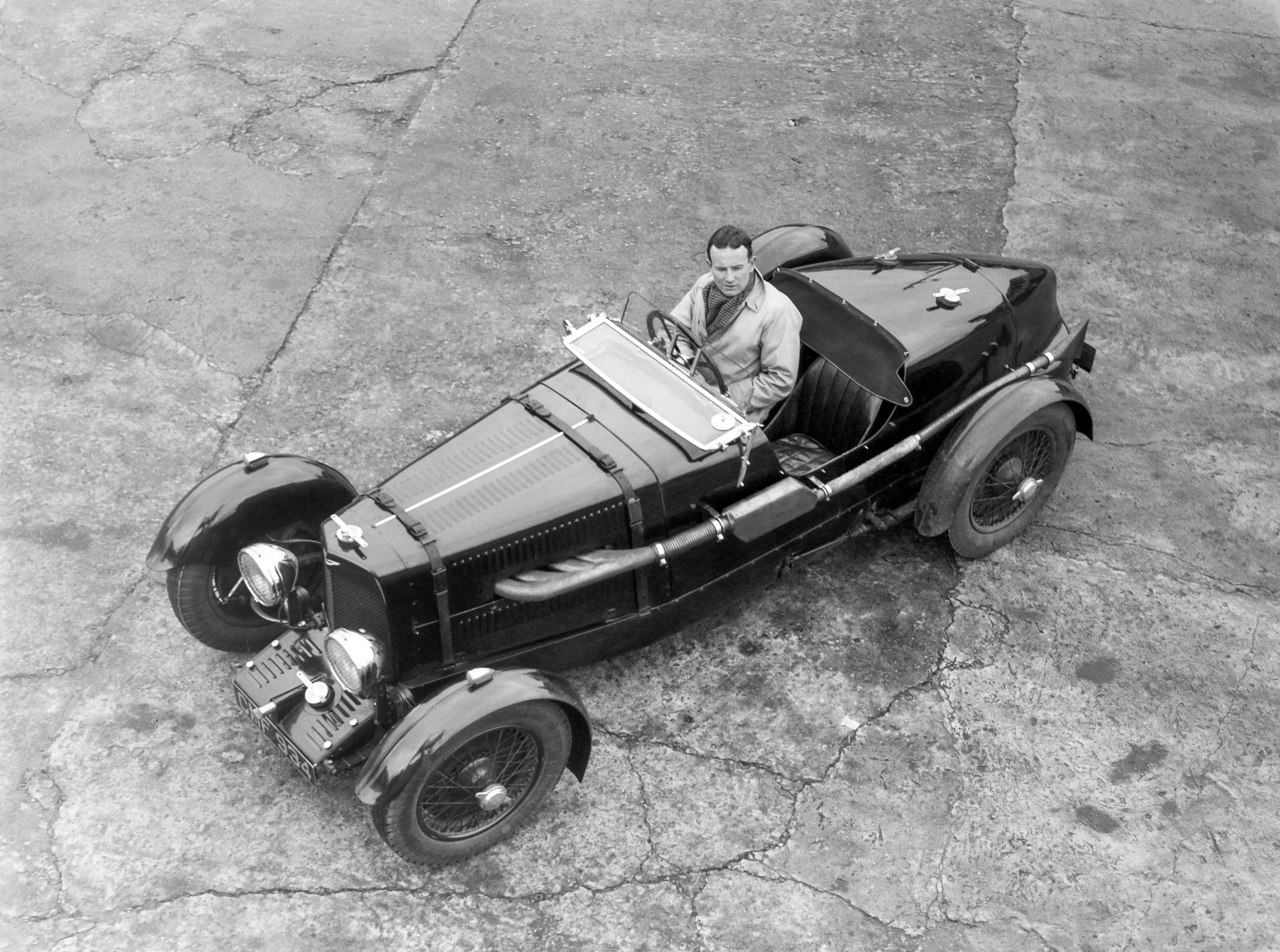
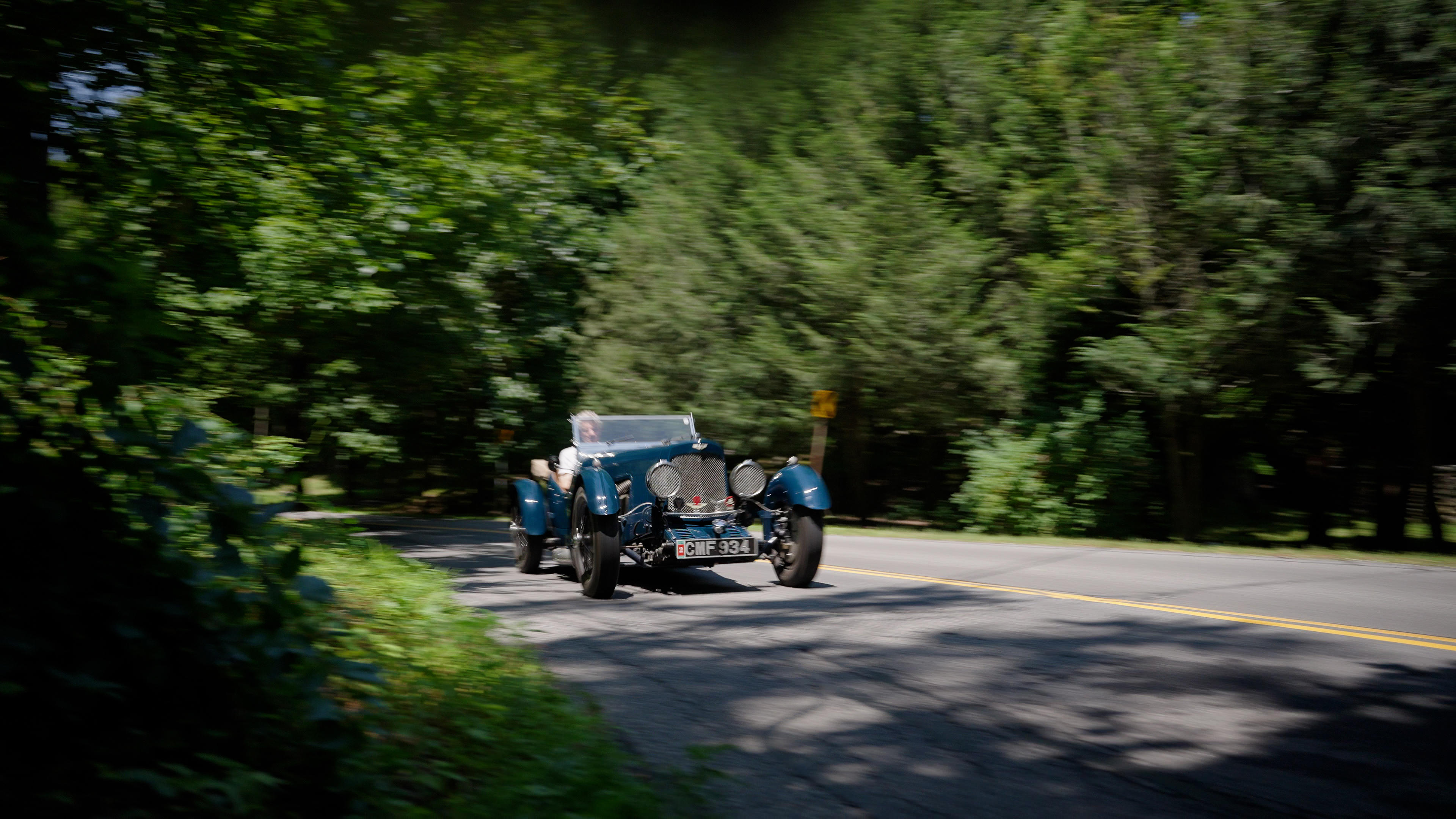

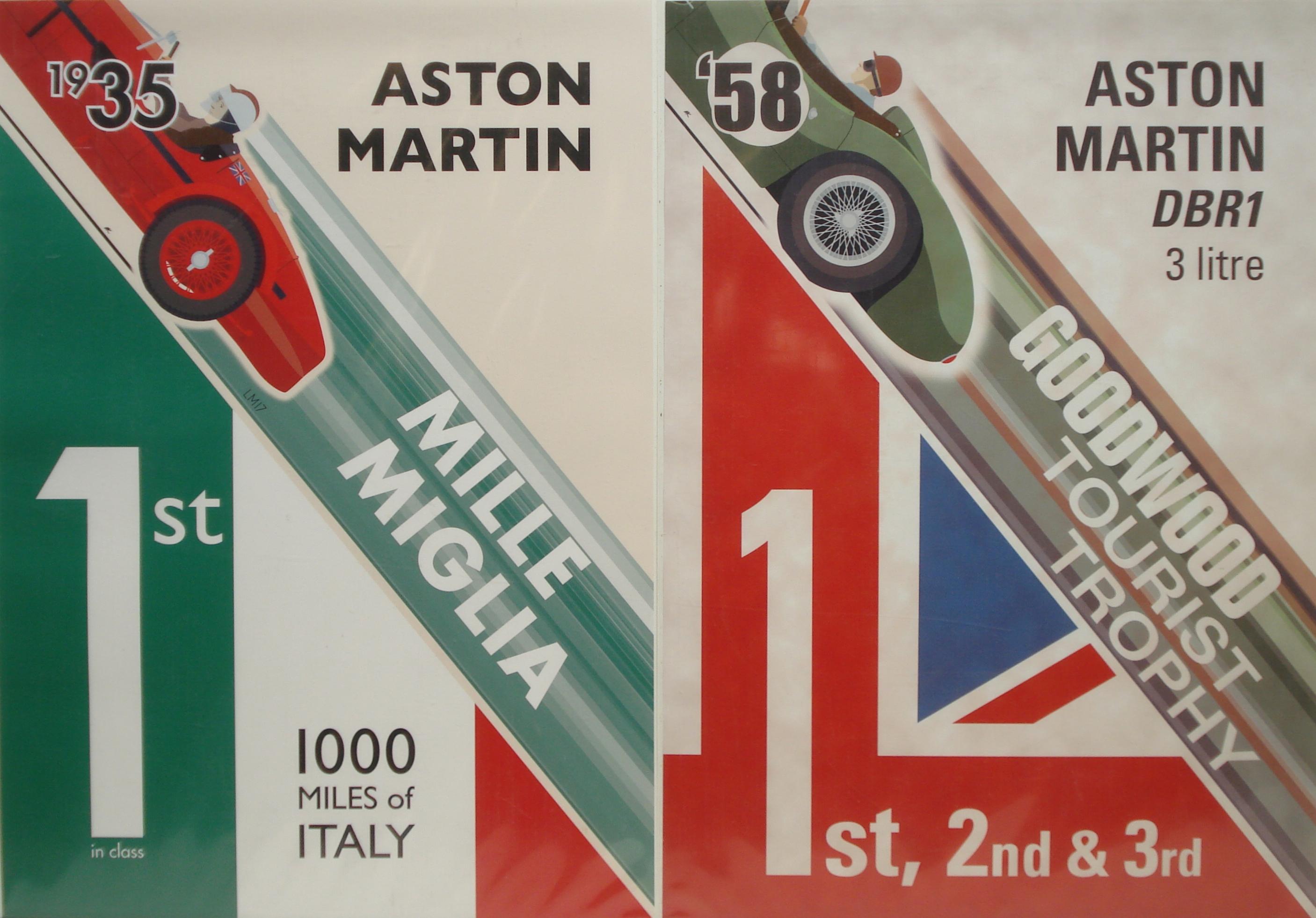

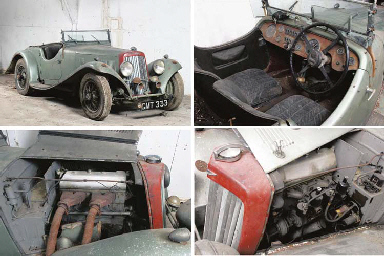
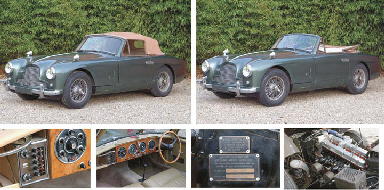
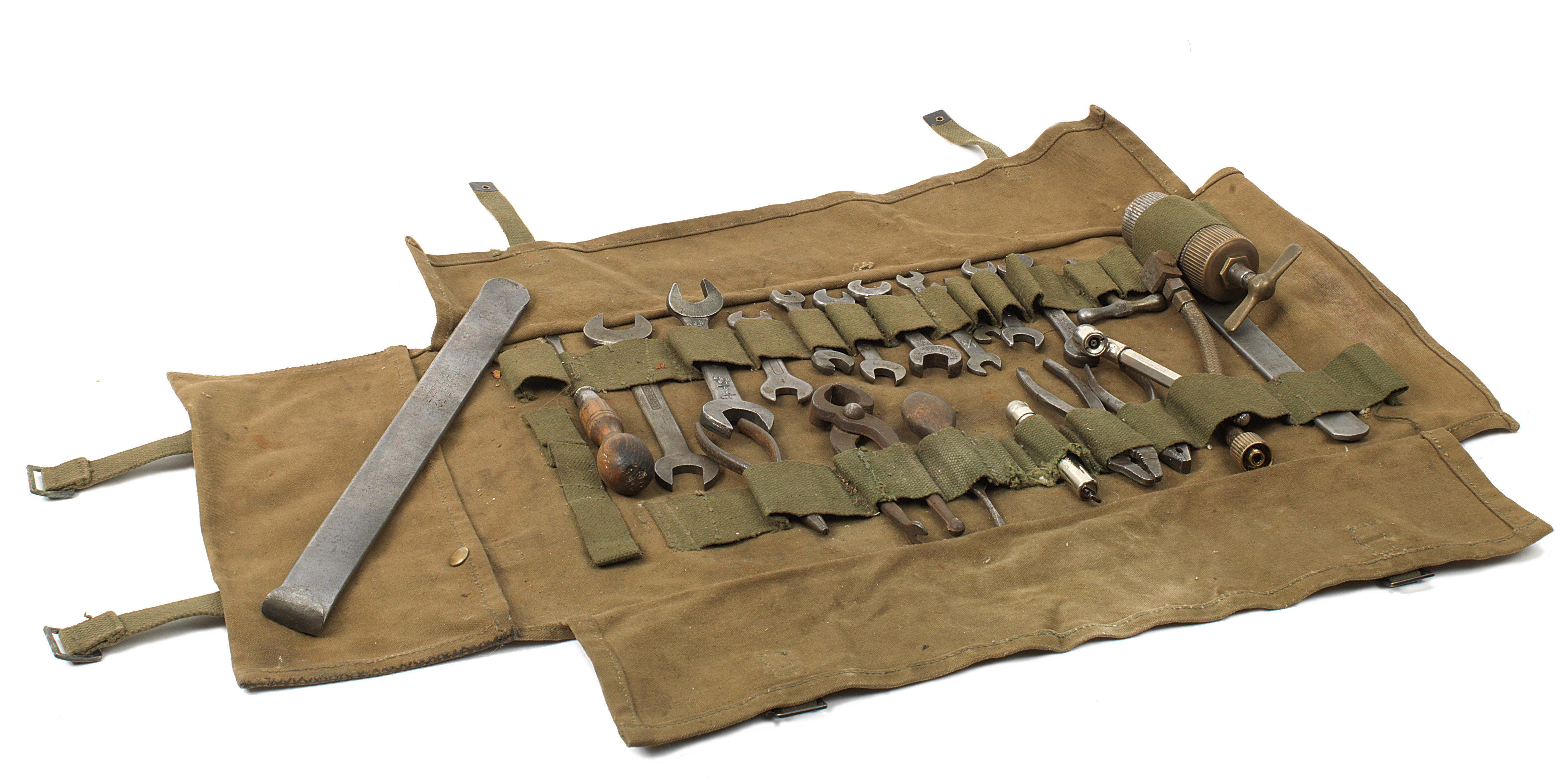
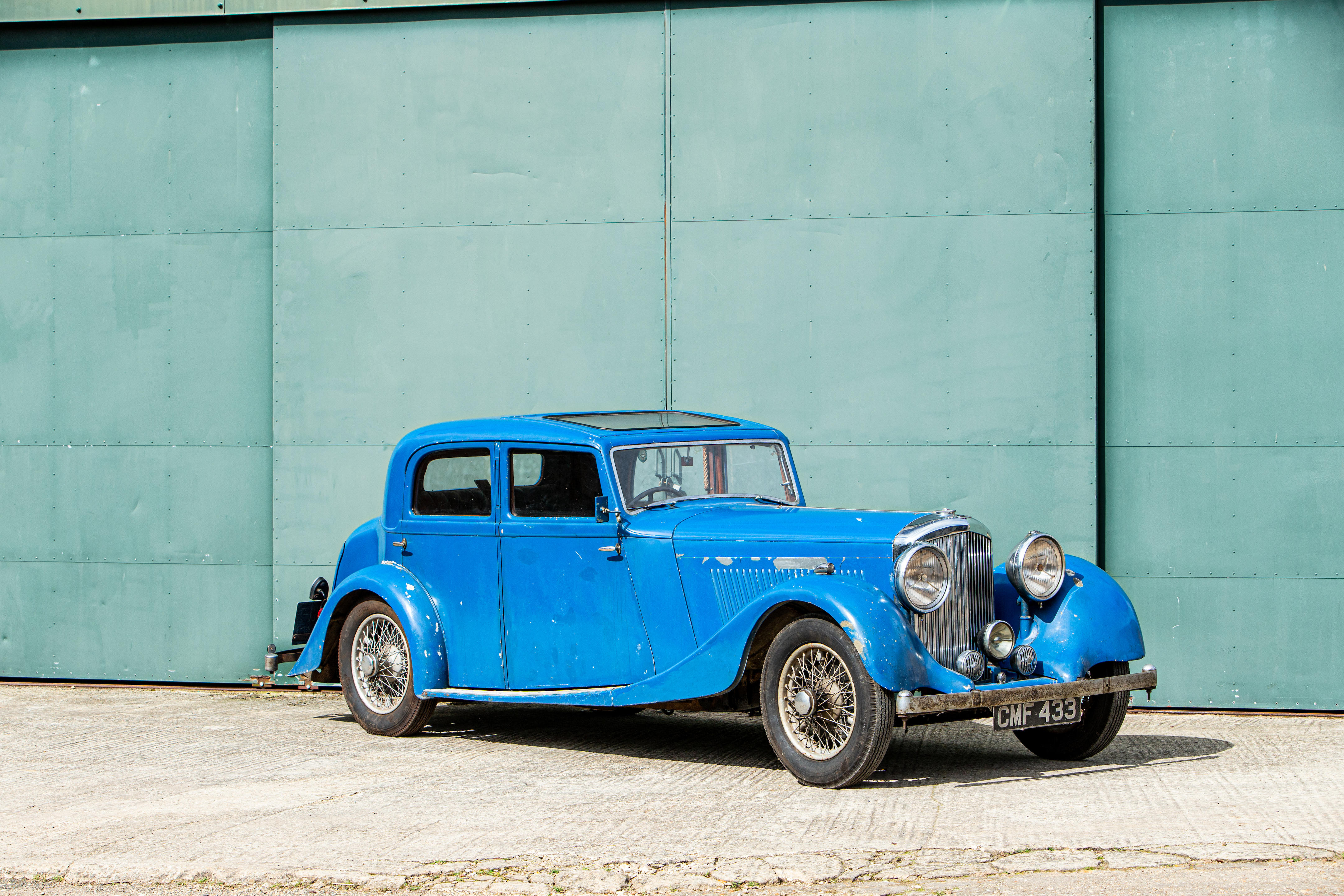
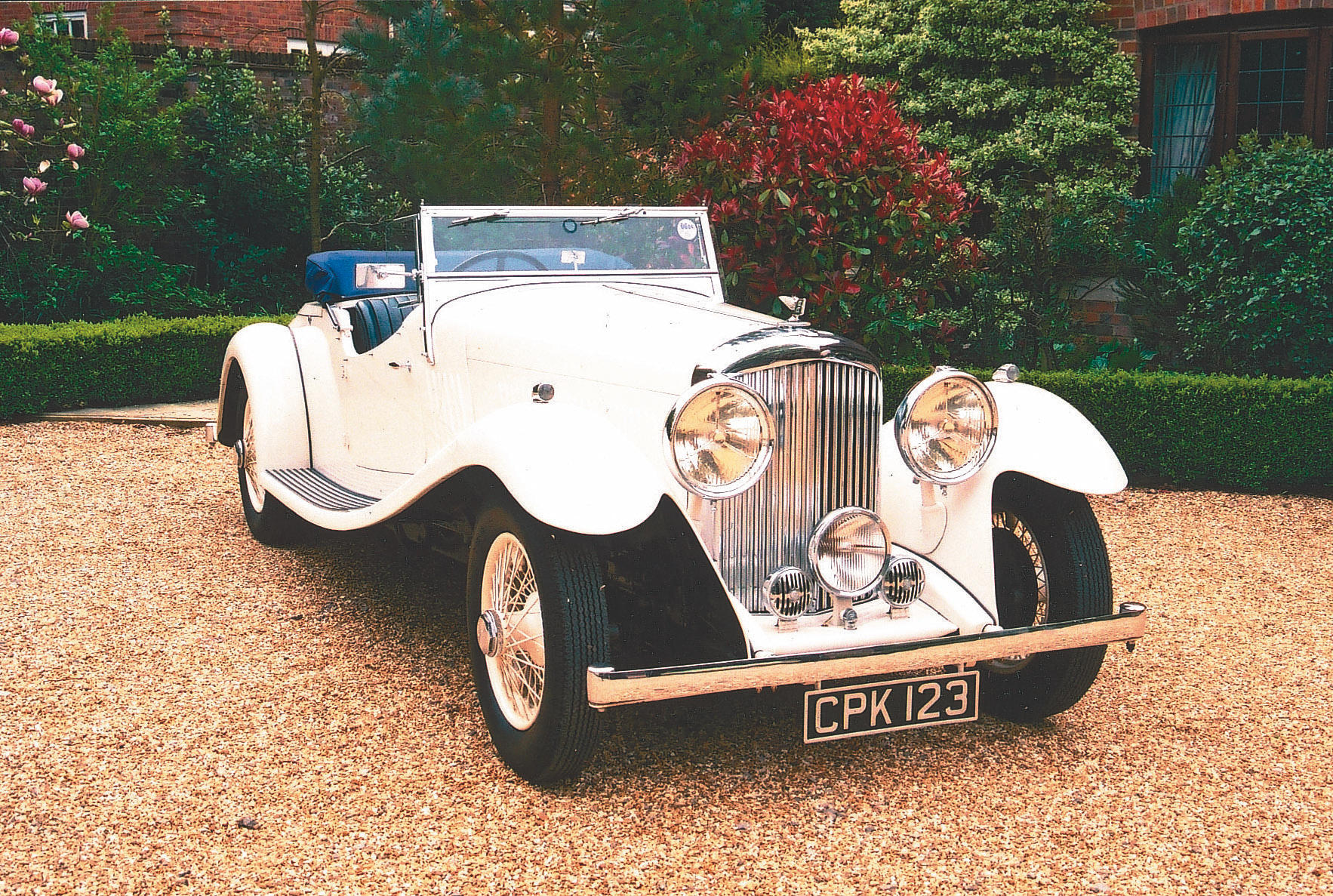
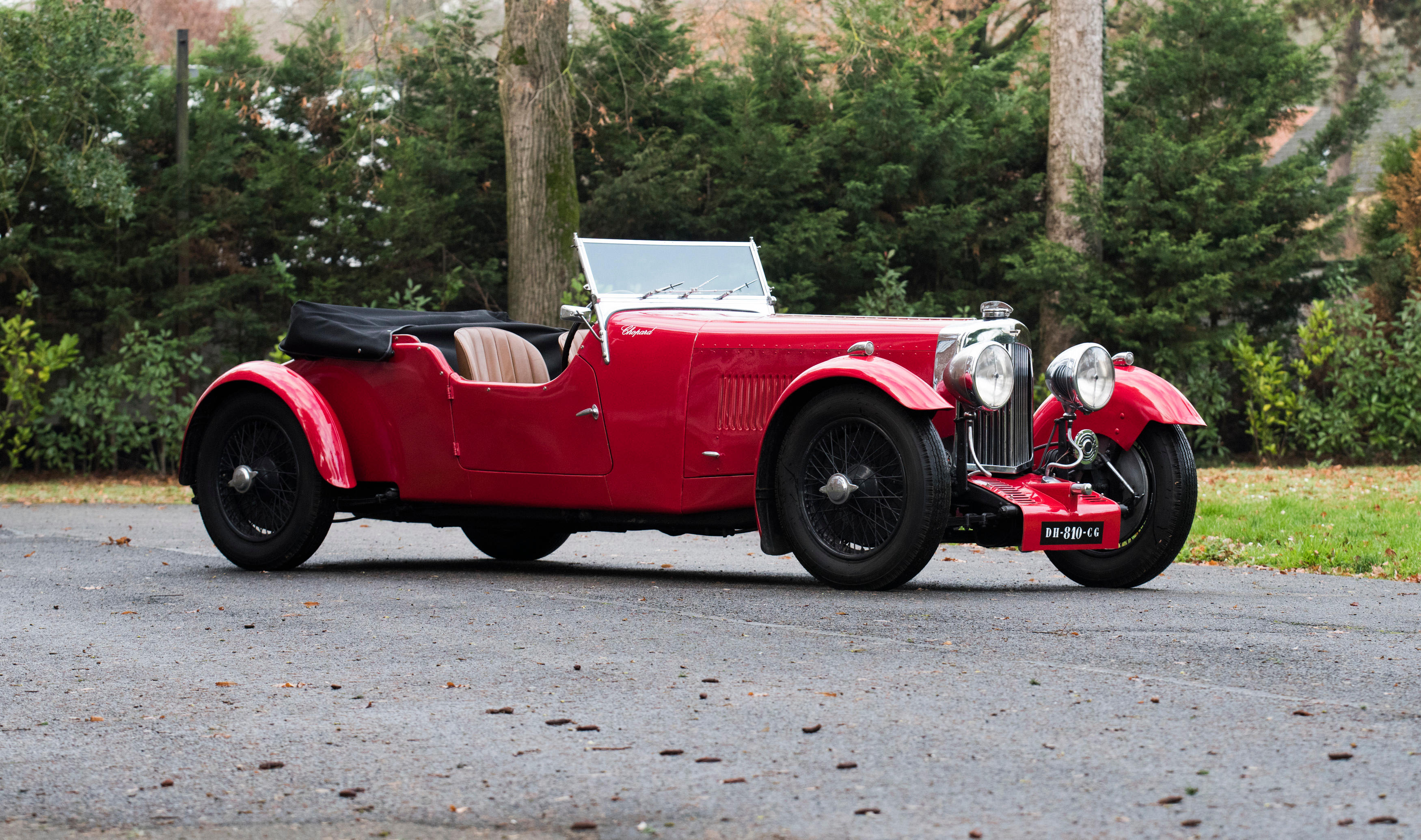
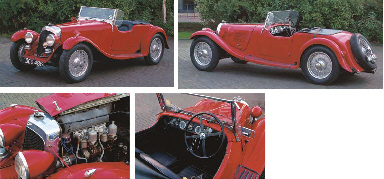



Try LotSearch and its premium features for 7 days - without any costs!
Be notified automatically about new items in upcoming auctions.
Create an alert